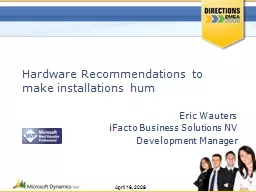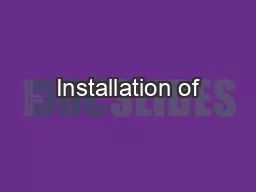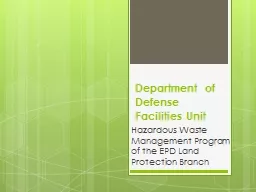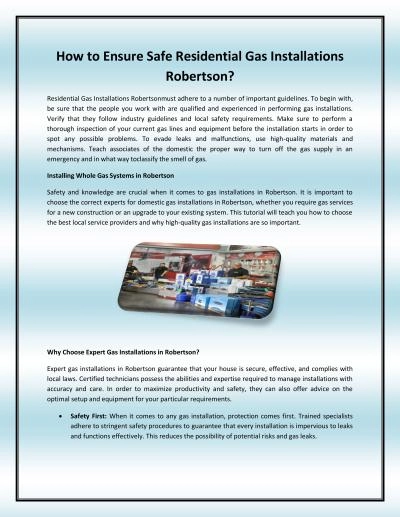PPT-Hardware Recommendations to make installations hum
Author : verticalbikers | Published Date : 2020-08-26
Eric Wauters i Facto Business Solutions NV Development Manager April 17 2008 Agenda Basics Native DB Server SQL Server Terminal Services Clients amp NAS Network
Presentation Embed Code
Download Presentation
Download Presentation The PPT/PDF document "Hardware Recommendations to make install..." is the property of its rightful owner. Permission is granted to download and print the materials on this website for personal, non-commercial use only, and to display it on your personal computer provided you do not modify the materials and that you retain all copyright notices contained in the materials. By downloading content from our website, you accept the terms of this agreement.
Hardware Recommendations to make installations hum: Transcript
Download Rules Of Document
"Hardware Recommendations to make installations hum"The content belongs to its owner. You may download and print it for personal use, without modification, and keep all copyright notices. By downloading, you agree to these terms.
Related Documents














